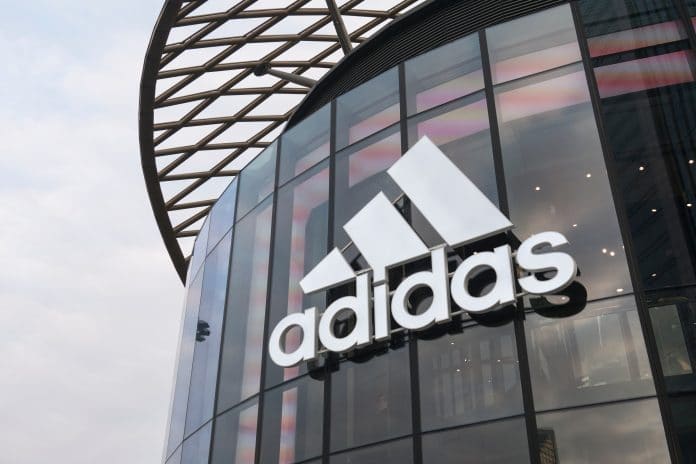Following the news that conglomerate eBay is to split from PayPal last month, analysts look into what is next for the two companies when that alliance comes to an end.
A reversal strategy has been put in place by eBay, which has previously resisted temptation to split. However PayPal‘s dividends have increased by 19% a year, twice as quickly as eBay‘s.
“A thorough strategic review shows that keeping eBay and PayPal together beyond 2015 clearly becomes less advantageous to each business strategically and competitively,” eBay‘s chief executive John Donahoe said.
The separation will enable PayPal to focus on key opportunities. For instance as the market changes they will be able to pay more attention on growth opportunities, partnerships and competitors. Initially consumers will not be affected by the split in a short term view. However future innovating plans explained by PayPal display a key factor on implementing easier payments for consumers. Ultimately giving customers the option to use PayPal for almost anything and everything.
“Breaking off from eBay will provide PayPal with more autonomy to compete in the payments space, particularly with respect to Apple Pay and other emerging mobile wallet providers,” wrote online advertising analytics firm eMarketer in a note.
PayPal‘s senior director of global initiatives, Anuj Nayar spoke in an interview about how the split will allow the company to primarily focus on product innovation. Their strategy will be to compete against Apple, Google and the largely successful Alibaba Group. Additionally as Asia is the fastest growing market, PayPal are looking to grow further within this market and specifically focus on the domestic commerce and cross border trading opportunities.
eBay and PayPal are both independent public companies who will be separately trading , the split will enable the companies to diversify on their own. eBay bought PayPal back in 2002 for $1.5 billion, the e-commerce business is eBay‘s fastest growing business to date.

















